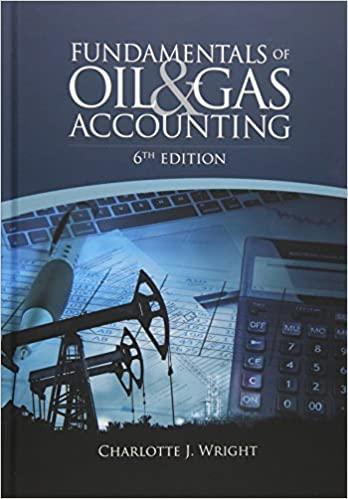Question
A.) [In this case, there is no bond premium or discount because bonds sold a par or face value.] On January 1, 2019, Marks Inc.
A.) [In this case, there is no bond premium or discount because bonds sold a par or "face" value.]
On January 1, 2019, Marks Inc. issued $750,000 in 10-year bonds with a contract interest rate of 6%. The bonds sold at a premium ($785,000) and pay interest semi-annually. How many interest payments will Marks Inc. make over the life of these bonds, and what is the cash amount of each semi-annual interest payment?
1.) 20 interest payments, at $45,000 each
2.) 10 interest payments, at $22,500 each
3.) 10 interest payments, at $45,000 each
4.) 20 interest payments, at $22,500 each
B.) Bluebell Inc. issued 4% preferred stock with a par value of $50 per share. The stock sold for $60 per share. This means that:
1.) The stock can never be sold for less than $2 per share.
2.) Preferred shareholders are guaranteed to receive a dividend of $2 per share.
3.) Preferred shareholders are guaranteed to receive a dividend of $2 per share.
4.) If a dividend is declared, the dividend for preferred shareholders is $2 per share.
C.) On December 1, 2021, Martin Company signed a $5,000, 3-month note payable that carries 6% interest. The principle and interest are due on March 1, 2022. No interest was actually paid in 2021. However, in keeping with accrual accounting, what amount of interest expense should Martin accrue on December 31, 2021 as a year-end adjusting entry?
1.) $25
2.) $75
3.) $50
4.) $300
Step by Step Solution
There are 3 Steps involved in it
Step: 1

Get Instant Access to Expert-Tailored Solutions
See step-by-step solutions with expert insights and AI powered tools for academic success
Step: 2

Step: 3

Ace Your Homework with AI
Get the answers you need in no time with our AI-driven, step-by-step assistance
Get Started


